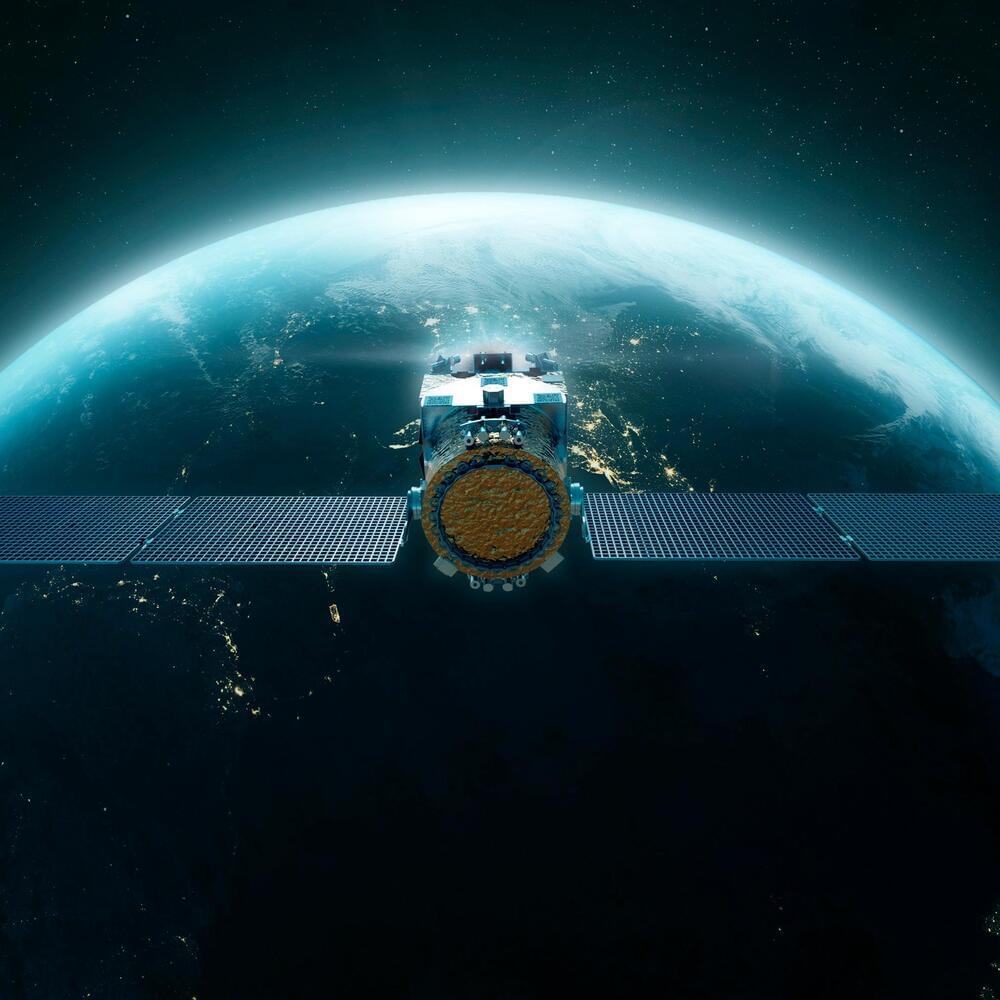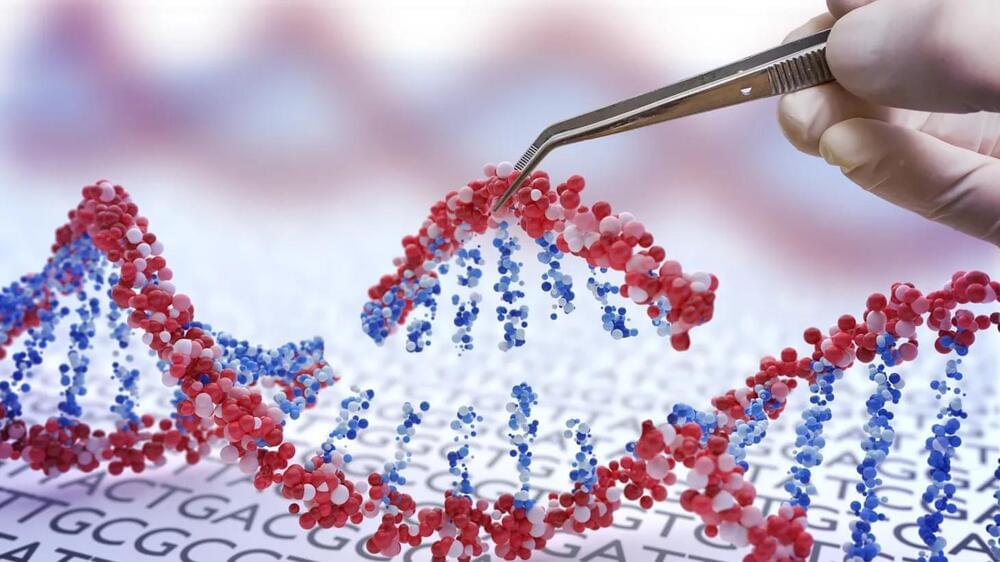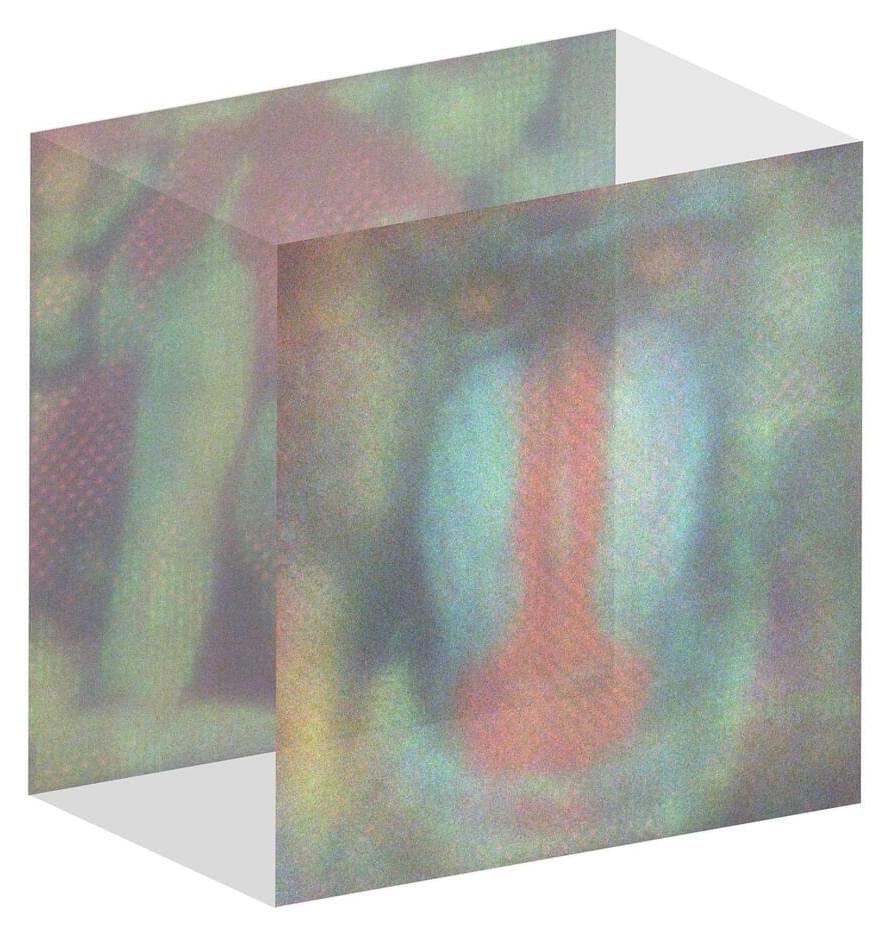A theory of consciousness should capture its phenomenology, characterize its ontological status and extent, explain its causal structure and genesis, and describe its function. Here, I advance the notion that consciousness is best understood as an operator, in the sense of a physically implemented transition function that is acting on a representational substrate and controls its temporal evolution, and as such has no identity as an object or thing, but (like software running on a digital computer) it can be characterized as a law. Starting from the observation that biological information processing in multicellular substrates is based on self organization, I explore the conjecture that the functionality of consciousness represents the simplest algorithm that is discoverable by such substrates, and can impose function approximation via increasing representational coherence. I describe some properties of this operator, both with the goal of recovering the phenomenology of consciousness, and to get closer to a specification that would allow recreating it in computational simulations.
Get the latest international news and world events from around the world.
A recent study explores how the brain learns to seek reward
Study links dopamine to learning via optogenetics:
A new study reveals dopamine’s role in animal behavior having potential applications in education and artificial intelligence.


Holographic Breakthrough: Scientists Create Full-Color 3D Holographic Displays with Ordinary Smartphone Screen
In science fiction, holograms are used for anything from basic communications to advanced military weaponry. In the real world, 3D holographic displays have yet to break through to everyday products and devices. That’s because creating holograms that look real and have significant fidelity requires laser emitters or other advanced pieces of optical equipment. This situation has stymied commercial development, as these components are complex and expensive.
More recently, research scientists were able to create realistic 3D holographic images without lasers by using a white chip-on-board light-emitting diode. Unfortunately, that method required two spatial light modulators to control the wave fronts of the emitted light, adding a prohibitive amount of complexity and cost.
Now, those same scientists say they have created a simpler, more cost-effective way to create realistic-looking 3D holographic displays using only one spatial light modulator and new software algorithms. The result is a simpler and cheaper method for creating holograms that an everyday technology like a smartphone screen can emit.
World’s most powerful MRI machine captures first stunning brain scans
The world’s most powerful MRI machine has started proving its worth, by scanning living human brains. The resulting images give an ultra high resolution glimpse into the brain, which will help us better understand the nature of consciousness and treat neurodegenerative diseases.
Developed by the French Alternative Energies and Atomic Energy Commission (CEA), the Iseult MRI machine packs a magnetic field strength of 11.7 Teslas (T). By comparison, conventional MRI machines in wide use in hospitals today are usually 1.5 or at most 3 T.
The main benefit of that extra power is that much higher resolution images of the brain can be taken, much quicker. In just four minutes, Iseult can capture images down to 0.2 mm (0.008 in) of brain tissue horizontally, in ‘slices’ just 1-mm (0.04-in) thick. That volume is the equivalent of a few thousand neurons at a time.

Unprecedented GPS jamming attack affects 1600 aircraft over Europe
A 63-hour-long marathon of GPS jamming attacks disrupted global satellite navigation systems for hundreds of aircraft flying through the Baltic region – and Russia is thought to be responsible.
By Jeremy Hsu
Scientists develop new material that could allow rechargeable batteries to ‘self-heal’: ‘We are very excited about the discovery’
A battery cathode in development in labs at the University of California San Diego has Wolverine-like self-healing properties.
Better yet, the regenerative ability of the lithium-sulfur electrode could help to unlock chemistry that doubles electric vehicle range, according to the experts. It’s a promising breakthrough with fascinating potential.
“We are very excited about the discovery of this new material,” study co-senior author Professor Ping Liu said in a university lab report.

Next-Gen Refueling Spacecraft to Revitalize Satellites in Geostationary Orbit
The Southwest Research Institute (SwRI) is developing a spacecraft named Astroscale Prototype Servicer for Refueling (APS-R) as part of a $25.5 million project with the U.S. Space Force.
Southwest Research Institute (SwRI) will build, integrate, and test a small demonstration spacecraft as part of a $25.5 million Space Mobility and Logistics (SML) prototyping project funded by the U.S. Space Force and led by prime contractor Astroscale U.S. The spacecraft, called the Astroscale Prototype Servicer for Refueling (APS-R), will refuel other compatible vehicles while in geostationary orbit.
“Running low on fuel is a common issue for spacecraft in Earth orbit,” said SwRI Staff Engineer Steve Thompson, the SwRI project systems engineer. “When they have expended all of their fuel, their mission ends — even though the vehicle may be in otherwise excellent health. A refueling vehicle can extend those missions, and we can get additional lifetime out of spacecraft that are already in orbit.”

Are you ready for CRISPR? Because the gene-editing technology is already impacting the food we eat
You’ve probably heard about the gene-editing technology CRISPR. The massive biotech breakthrough, which has emerged in the last decade, has mainly been touted for the ways it will let scientists edit the human genome — hopefully to cure genetic diseases or perhaps, more worryingly, to create “designer babies.” But CRISPR is also being used in another area, the world of food.
Cultural anthropologist Dr. Lauren Crossland-Marr hosts the five-episode podcast A CRISPR Bite. She takes listeners into labs as researchers tinker with the genes in what we eat and drink. What, exactly, are they trying to achieve? And what’s at stake?
